Robert A. Frosch served as NASA’s fifth administrator from 1977 to 1981. During his term, the space shuttle program made significant progress, including the approval of a four-orbiter fleet. The first orbiter, space shuttle Enterprise, completed atmospheric test flights and vibration testing, and workers completed assembly of Columbia. NASA selected the first two groups of astronauts to fly aboard the space shuttle. The two Voyager spacecraft left Earth on their epic journeys to the outer planets that took them on trajectories out of the solar system. Pioneer spacecraft explored Venus and Saturn. The Large Space Telescope and a mission to study Jupiter with an orbiter and an atmospheric probe received Congressional approval during Frosch’s term as administrator. Skylab, America’s first space station, reentered over Australia in July 1979.
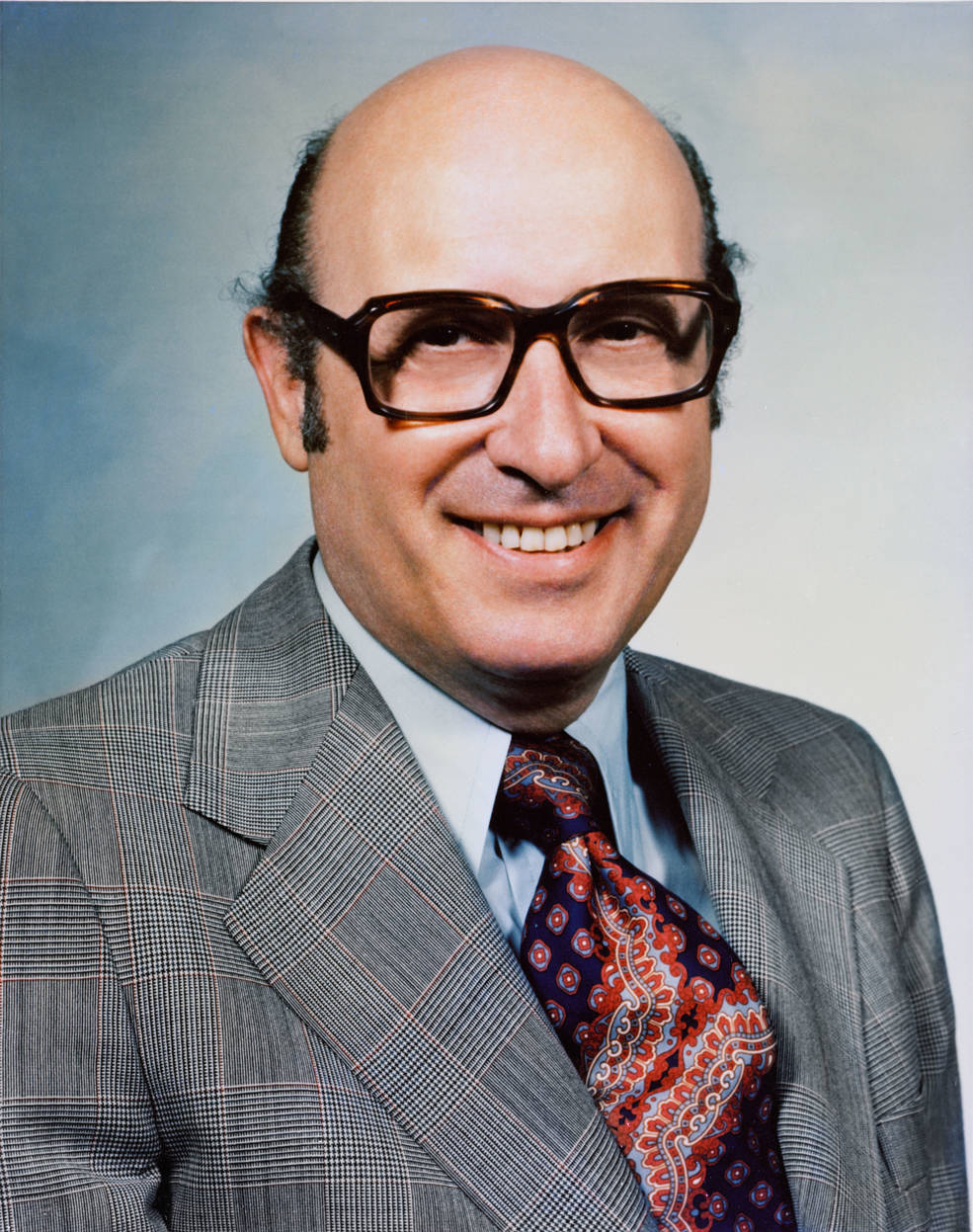

Left: Official portrait of NASA Administrator Robert A. Frosch. Right: Frosch, left, meets with Christopher C. Kraft, director of NASA’s Johnson Space Center in Houston during his first visit in July 1977.
Following the resignation of James C. Fletcher, NASA’s fourth administrator, effective May 1, 1977, President James E. “Jimmy” Carter nominated Frosch on May 23 to head the space agency. At the time, Frosch, a theoretical physicist with a doctorate from Columbia University, served as associate director for applied oceanography at the Woods Hole Oceanographic Institution in Massachusetts. The Senate confirmed his nomination on June 16, and Frank Press, Director of the Office of Science and Technology Policy in the Carter Administration, swore Frosch in five days later. Deputy Administrator Alan M. Lovelace served as acting administrator in the interim.
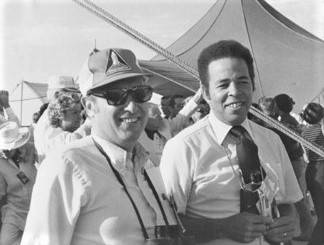
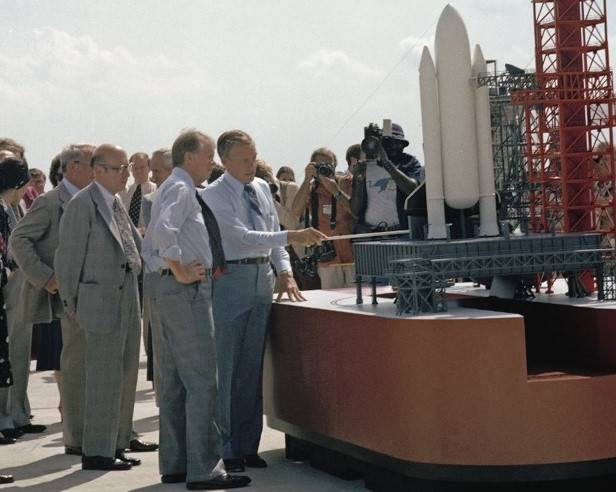
Left: In August 1977, NASA Administrator Robert A. Frosch, left, with Isaac T. Gillam, director of NASA’s Dryden (now Armstrong) Flight Research Center in California to witness the first space shuttle Approach and Landing Test. Right: In October 1978, President James E. “Jimmy” Carter, with hand on hip, receives an explanation of the space shuttle system from Lee R. Scherer, director of NASA’s Kennedy Space Center in Florida, as Administrator Frosch looks on.
After taking office, Frosch’s major task involved ensuring continued development of the space shuttle, approved by President Richard M. Nixon in 1972. Atmospheric testing with Enterprise had already begun at the Dryden Flight Research Center, now NASA’s Armstrong Flight Research Center at Edwards Air Force Base in California, in early 1977, with the first of five Approach and Landing Tests (ALT) taking place on Aug. 12. Frosch attended the first ALT flight, as did about 70,000 spectators. Following the ALT flights, engineers flew Enterprise to NASA’s Marshall Space Flight Center in Huntsville, Alabama, for a series of structural and vibration tests, completed in February 1979. The first spaceflight vehicle, Columbia, arrived at NASA’s Kennedy Space Center in Florida on March 25, 1979. After nearly two years of testing, Columbia rolled to its launch pad on Dec. 29, 1980, in preparation for its first flight that took place in April 1981. Frosch secured Presidential approval to build a fleet of four space shuttle orbiters, and construction began on the other three vehicles. To carry out the expected number of planned missions, NASA selected the first two groups of space shuttle astronauts in January 1978 and May 1980. Meanwhile, America’s first space station, Skylab, reentered the Earth’s atmosphere in July 1979, making an as-controlled-as-possible a return as technically feasible.

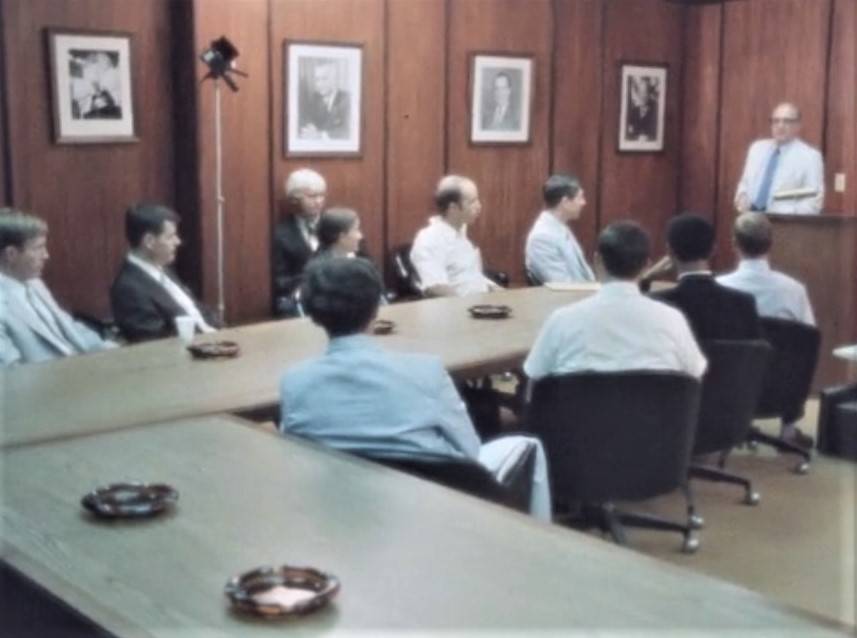
Left: In June 1979, NASA Administrator Robert A. Frosch, left, and astronaut
candidates Sally K. Ride and Terry J. Hart examine space shuttle main engines
at a test stand at the National Space Technology Laboratory, now NASA’s
Stennis Space Center in Mississippi. Right: Frosch, right, addresses the
astronaut class of 1980 at NASA’s Johnson Space Center in July 1980.
During Frosch’s term, NASA’s planetary program remained busy. The two Voyager spacecraft took off in 1977 on their planned explorations of Jupiter and Saturn, with Voyager 2 later heading to Uranus and Neptune as well. Both spacecraft continue on their trajectories out of the solar system and remain active today, nearly 45 years after leaving Earth. Following the successful Voyager encounters with Jupiter, President Carter presented Frosch with the National Space Club’s prestigious Goddard Memorial Trophy in January 1980, that Frosch accepted on behalf of the entire Voyager team. Two Pioneer Venus spacecraft arrived at Venus in December 1978, one deploying four probes into the planet’s atmosphere while the other entered orbit, returning scientific information for 14 years. Pioneer 11 completed the first flyby of Saturn in September 1979, having previously explored Jupiter. New programs begun during Frosch’s term included the Large Space Telescope, later renamed Hubble, and the Jupiter Orbiter Probe project, later renamed Galileo.
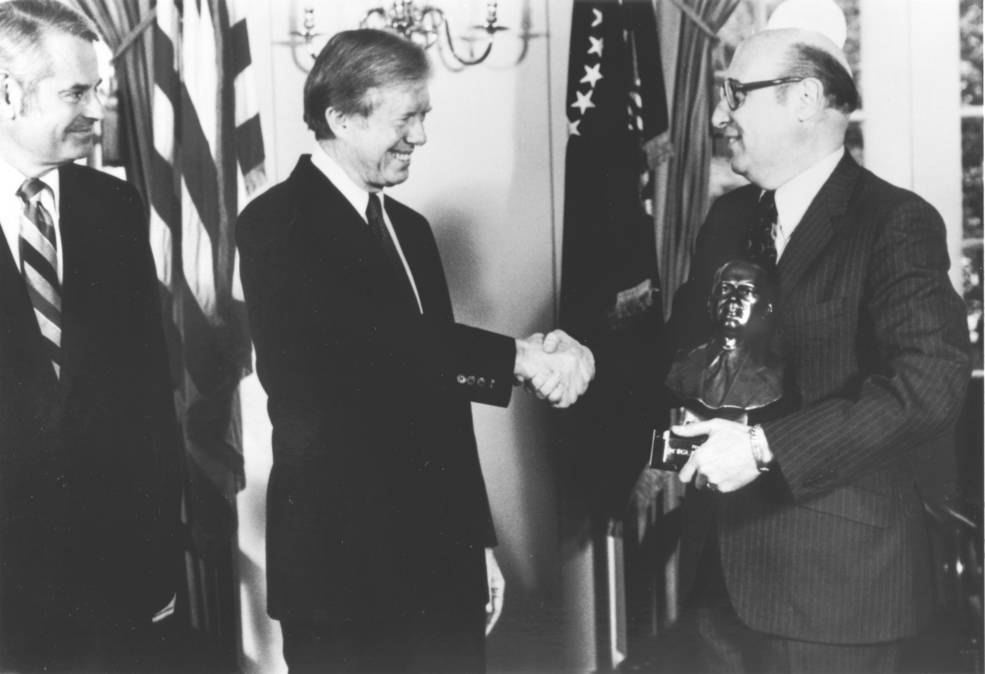
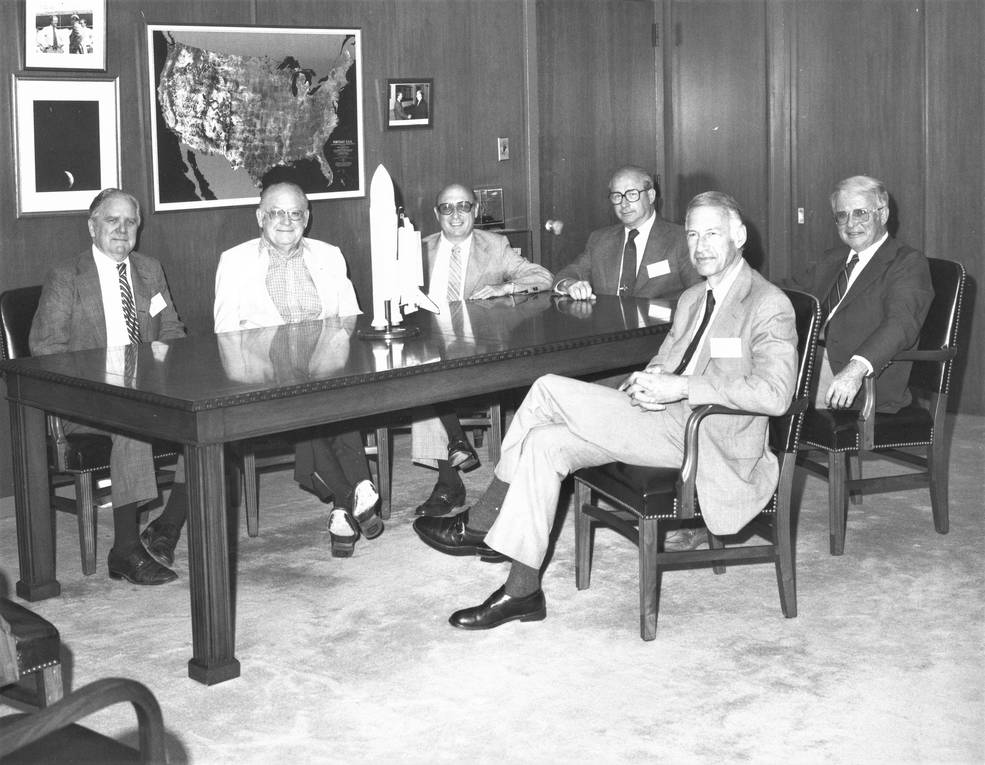
Left: In January 1980, President James E. “Jimmy” Carter presents NASA
Administrator Robert A. Frosch with the National Space Club’s Goddard
Memorial Trophy. Right: Current and past NASA Administrators meet
during a NASA alumni reunion in June 1980 – James E. Webb, left,
T. Keith Glennan, Frosch, Thomas O. Paine, George M. Low,
and Alan M. Lovelace.
On Oct. 7, 1980, Frosch informed President Carter of his intention to leave NASA on Jan. 20, 1981, to become the first president of the newly formed American Association of Engineering Societies. Deputy Administrator Lovelace once again served as interim acting administrator until President Ronald W. Reagan appointed, and the Senate confirmed, James M. Beggs as NASA’s sixth administrator. Frosch passed away on Dec. 30, 2020, at age 94.

























